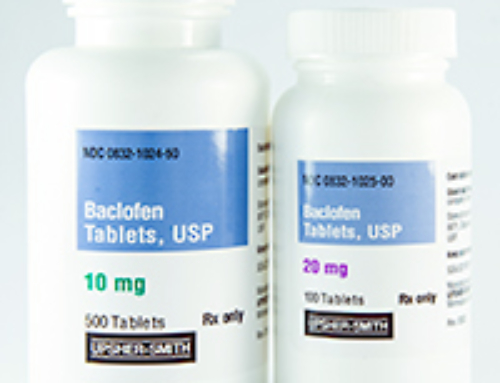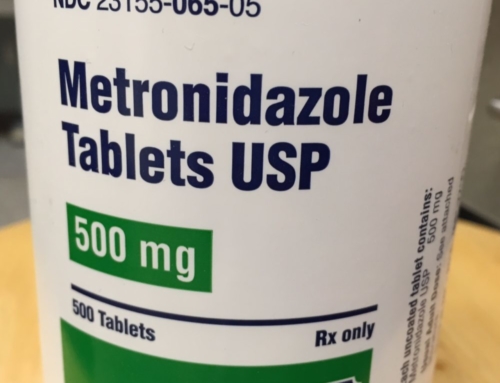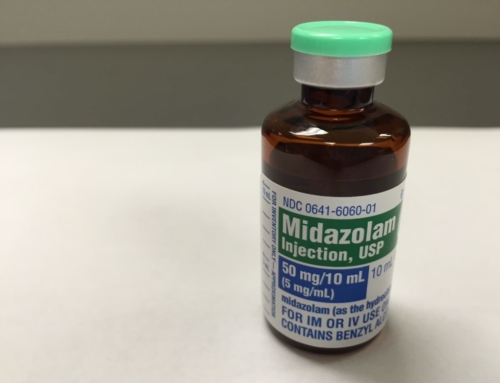If you have any reason to suspect your pet has ingested something toxic, please contact your veterinarian or one of the other resources listed:
• ASPCA Animal Poison Control Center 24-hour hotline at (888) 426-4435
• Pet Poison Helpline® 24-hour animal poison control service at (855) 764-7661
Digoxin
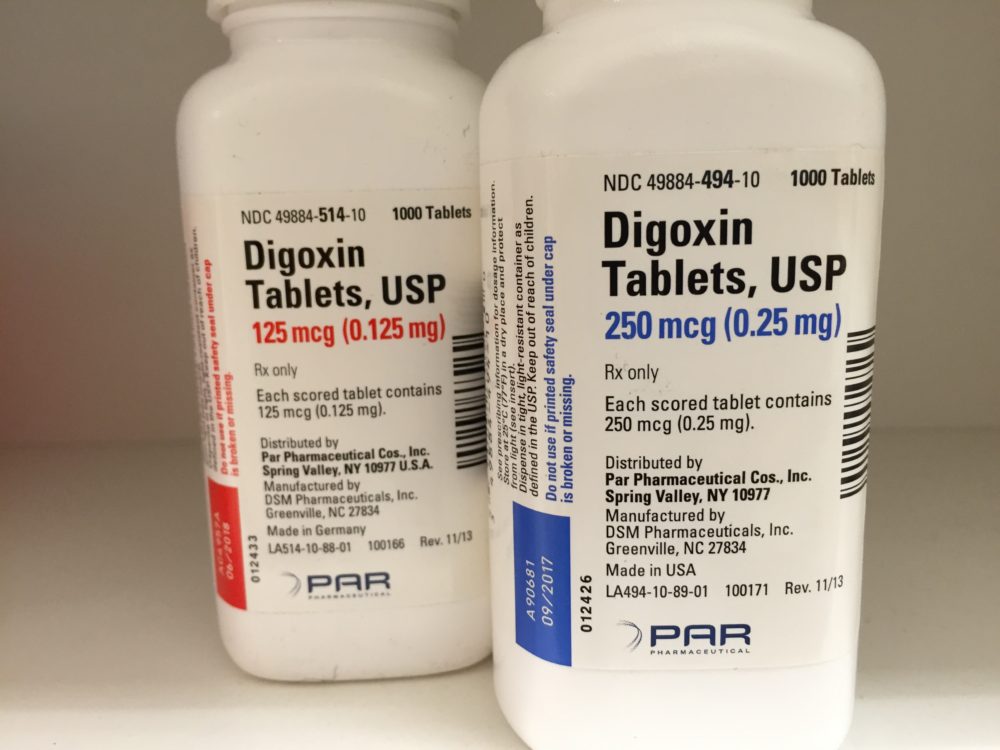
Generic Name: digoxin
Brand Name: Lanoxin
Digoxin is used in both human and veterinary medicine to treat a variety of cardiac disease states including congestive heart failure (CHF) and atrial fibrillation. Cats are relatively more sensitive to digoxin toxicity than dogs.
Signs and symptoms of toxicity: Cardiac arrhythmias are common with high or toxic blood levels. Extracardiac clinical signs commonly include mild GI upset, refusal to eat, weight loss and diarrhea.
Please note that vomiting is an adverse effect of digoxin IV injection and is not necessarily a sign that toxicity has occurred.
Toxic consumption: In dogs, acute toxicity has been reported with IV administration of 0.177 mg/kg or more. Chronic therapy may also result in toxicity.
| X-Small Yorkie, Chihuahua |
Small Pug, Boston Terrier, Poodle |
Medium Beagle, Scottish Terrier |
Large Boxer, Cocker Spaniel |
X-Large Labrador & Golden Retrievers, German Shepherd |
XX-Large Great Dane, St. Bernard |
| 1 – 10 lbs. (0.45 – 4.6 kg) |
11 – 25 lbs. (5 – 11.4 kg) |
26 – 40 lbs. (11.8 – 18.2 kg) |
41 – 70 lbs. (18.6 – 31.8 kg) |
71 – 90 lbs. (32.3 – 40.9 kg) |
91 – 110 lbs. (41.4 – 50 kg) |
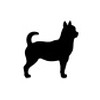 |
 |
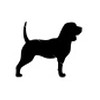 |
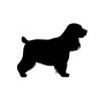 |
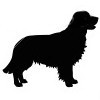 |
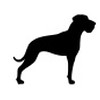 |
| > 0.08 mg | > 0.8 mg | > 2 mg | > 3.2 mg | > 5.7 mg | > 7.3 mg |
References:
– Digoxin. In: Plumb’s Veterinary Drugs. Tulsa (OK): Educational Concepts, L.L.C. [updated 1/14; accessed 8/27/15]. https://www.plumbsveterinarydrugs.com/#!/monograph/921
– Papich MG. Saunders Handbook of Veterinary Drugs: Small and Large Animal. 3rd ed. St. Louis, MS: Elsevier Saunders; 2011.
Pet Poison Control is provided free as a public service by the American College of Veterinary Pharmacists. Today we’re asking you to support us with a small donation. If you would like to dedicate your gift in honor or memory of a pet or individual, you will have that option before checkout. Your gift of any amount helps us maintain this resource and make it available to the pharmacy and veterinary communities. Thank you!


